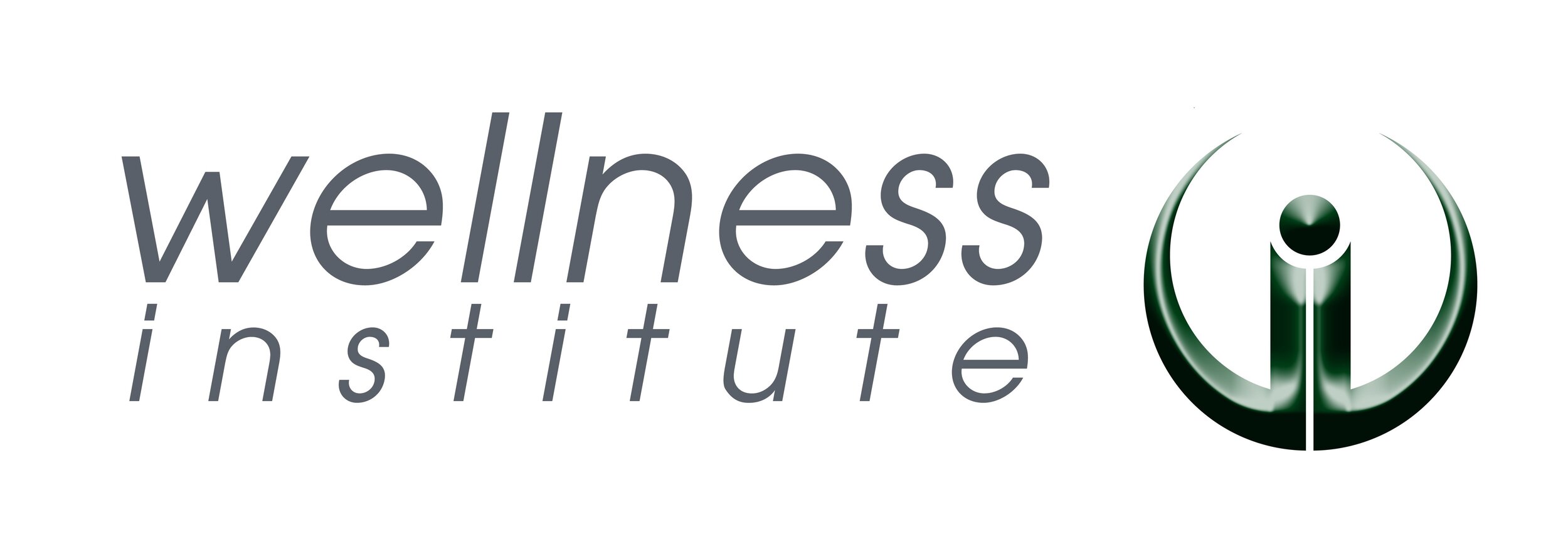A Guide to Headaches and How Physical Therapy Can Help!
Headaches, migraines, jaw, and facial pain plague 1 in 4 US household. If you or someone in your family suffers from this, you know it can be debilitating and is a stressor on the entire family. It can put a damper on your relationships and even holidays and family vacations. Medications can help manage symptoms, but the chronicity of these symptoms often leaves associated stiffness and pain that can affect the neck and shoulders. Many individuals experiencing migraines and facial pain have gone for years without knowing physical therapy was even an option.
There are 3 main diagnoses that are differentiated by your symptoms and guide treatment.
1. CERVICOGENIC HEADACHES (CGH):
These are often unilateral and due to stiff facet joints in the neck and can occur with or without a migraine.
Whiplash, arthritis, forward head posture, or repetitive use at work may create tightness in the facet joints of the neck.
Mobilizing the joints at the base of the head and neck as well as releasing the associated soft tissue is very effective at reducing CGH.
2. MIGRAINES:
These often involve aura, tunnel vision, tinnitus, speech impairment, and changes in smell or taste.
A trigger (hormones, stress, food, medication, caffeine, sleep, etc.) can bring these on for hours or days.
This appears to be caused by overactive nerve cells that signal chemicals like serotonin and cGRP which create swelling in blood vessels that line the brain.
Improving joint mobility in the upper cervical spine has been shown to reduce firing activity along C2 and C3 which supply the posterior head and neck with sensation. These nerves roots also have dense connections with the trigeminal nerve which supplies with face and jaw area.
3. TEMPOROMANDIBULAR JOINT DISORDERS (TMD):
This involves pain and clicking that limits mouth opening and may make it difficult to eat or chew crunchy foods.
The trigeminal nerve supplies sensation to the face, TMJ, and muscles of mastication involved in mouth opening.
Performing joint mobilization to the TMJ can improve range of motion and decrease pain with mouth opening. Mobilization to the joints of the neck can decrease firing of the C2/3 nerves and in turn the trigeminal nerve. This is due to dense neural connections that create the trigeminocervical nucleus and allows for feedforward and back between the neck and head/ face.
PHYSICAL THERAPY TREATMENTS FOR HEADACHES
Joint mobilization/ manipulation, cupping, dry needling, and exercise can improve range of motion, decrease nerve firing, and relax adjacent muscles to improve pain.
Have you tried therapy before and it didn't work, id so…was it with a therapist that had specialist training in this area?
While therapy may not be the answer for everyone, we encourage you to give us a try. Only 1% of Physical therapists are fellowship trained so there's a good chance you haven't seen one yet. Logically you probably would not have your general practitioner perform hip surgery! Similarly, this area truly requires a unique skill set!
CITATIONS:
1. Migraine Facts. Migraine Research Foundation. https://migraineresearchfoundation.org/about-migraine/migraine-facts/. Published January 15, 2021. Accessed February 8, 2021.
2. Al Khalili Y, Ly N, Murphy PB. Cervicogenic Headache. [Updated 2020 Aug 26]. In: StatPearls [Internet]. Treasure Island (FL): StatPearls Publishing; 2020 Jan-. Available from: https://www.ncbi.nlm.nih.gov/books/NBK507862/
3. How a Migraine Happens. Johns Hopkins Medicine. https://www.hopkinsmedicine.org/health/conditions-and-diseases/headache/how-a-migraine-happens. Accessed February 8, 2021.
4. Touche, R., Fernandez- de las-Penas, C., Fernandez- Carnero, J., Escalante, K., Angulo- Diaz- Parreno, S., Paris- Akemany, A., & Cleland, J. A. (2009). The effects of manual therapy and exercise directed at the cervical spine on pain and pressure pain sensitivity in patients with myofascial temporomandibular disorders. Journal of Oral Rehabilitation, 36(9), 644–652.doi:10.1111/j.1365-2842.2009.01980.x
5. Machado, E., Machado, P., Wandscher, V. F., Marchionatti, A. M. E., Zanatta, F. B., & Kaizer, O. B. (2018). A systematic review of different substance injection and dry needling for treatment of temporomandibular myofascial pain. International Journal of Oral and Maxillofacial Surgery.doi:10.1016/j.ijom.2018.05.003


